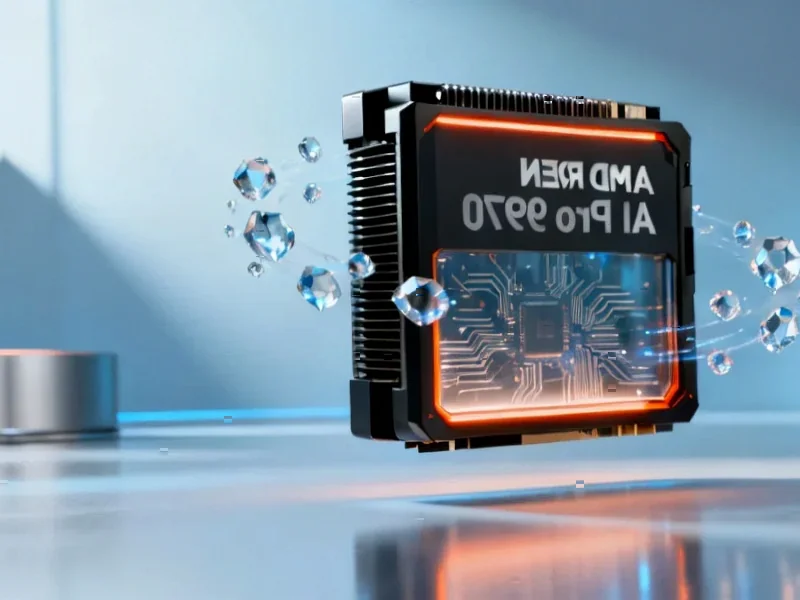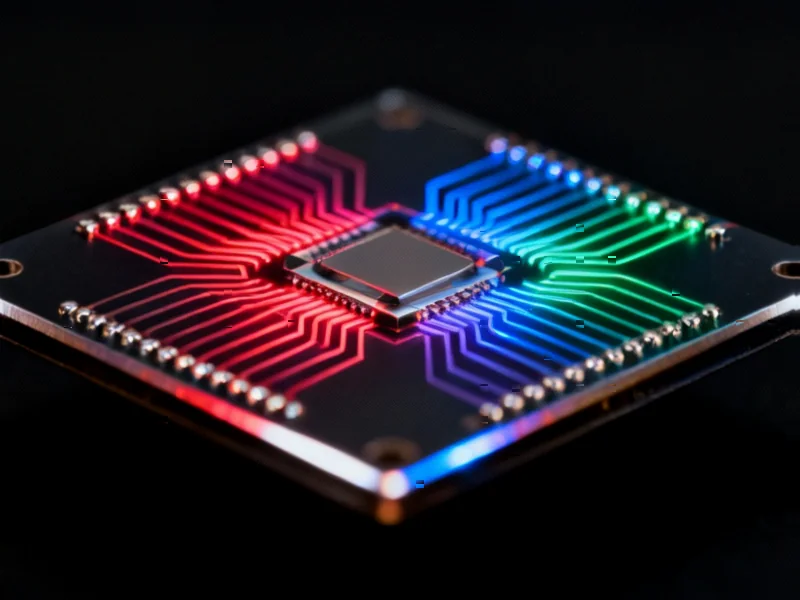According to KitGuru.net, AMD’s latest WHQL driver, Adrenalin Edition 25.10.2, marks the official transition of RDNA 1 and RDNA 2 graphics cards into “maintenance mode.” The company confirmed to PCGH that all future driver releases with focused game optimizations will target exclusively RDNA 3 (RX 7000) and RDNA 4 (RX 9000) GPUs, meaning owners of RX 6000 and RX 5000 series cards will no longer receive new Game Ready performance updates, feature additions, or optimizations for upcoming titles. While security and bug fix updates will continue, the performance-enhancing development cycle for these architectures is now complete. This strategic shift comes as AMD prioritizes resources for its latest GPU technologies while maintaining basic support for older hardware.
Table of Contents
What Maintenance Mode Actually Means for Gamers
The transition to maintenance mode represents a significant turning point for AMD‘s graphics strategy. While security updates and critical bug fixes will continue, the absence of game-ready optimizations means that RX 5000 and 6000 series owners may experience performance degradation in future titles. Game-ready drivers typically include specific optimizations for new game engines, rendering techniques, and performance profiles that can significantly impact frame rates and stability. Without these tailored updates, older GPU architectures may struggle to keep pace with evolving game technologies, particularly as developers increasingly target newer hardware capabilities.
The Competitive Landscape Shift
This decision places AMD’s driver support policy more in line with industry standards, though it may disappoint users accustomed to longer optimization cycles. Nvidia typically maintains game-ready driver support for approximately 4-5 years after a GPU architecture’s release, while RDNA 2 launched in late 2020 and is now approaching that timeframe. However, the timing is particularly notable given that RX 6000 series cards remain highly competitive in the current market and continue to represent significant value for budget-conscious gamers. This creates a potential perception issue where capable hardware receives reduced software support despite remaining relevant in performance benchmarks.
Technical Implications for Game Development
The shift in driver focus has broader implications for game developers and the industry ecosystem. As AMD concentrates resources on RDNA 3 and future architectures, developers may feel increased pressure to optimize specifically for newer hardware, potentially accelerating the adoption of advanced features that older cards cannot efficiently handle. This could widen the performance gap between generations more rapidly than in previous cycles. The timing coincides with increasing adoption of technologies like mesh shaders, variable rate shading, and AI-accelerated features that benefit from architectural improvements in newer GPUs.
Market and Consumer Impact
For the secondary market, this announcement could affect resale values of RX 6000 series cards, particularly higher-end models like the RX 6900 XT that still command premium prices. Consumers considering used GPU purchases may now factor in the lack of future optimization support when evaluating value propositions. Meanwhile, the continued security updates provide some reassurance against emerging vulnerabilities, maintaining a baseline of functionality while acknowledging that peak performance optimization has reached its endpoint for these architectures.
Strategic Resource Allocation Behind the Move
AMD’s decision reflects the intense resource demands of modern GPU driver development, particularly as the company expands into AI acceleration and specialized computing workloads. The computational complexity of optimizing for multiple architectures simultaneously has grown exponentially with each generation, requiring significant engineering resources. By concentrating optimization efforts on current and future architectures, AMD can potentially deliver more robust and timely driver support for its latest products while maintaining market competitiveness against Nvidia’s aggressive driver update schedule.



